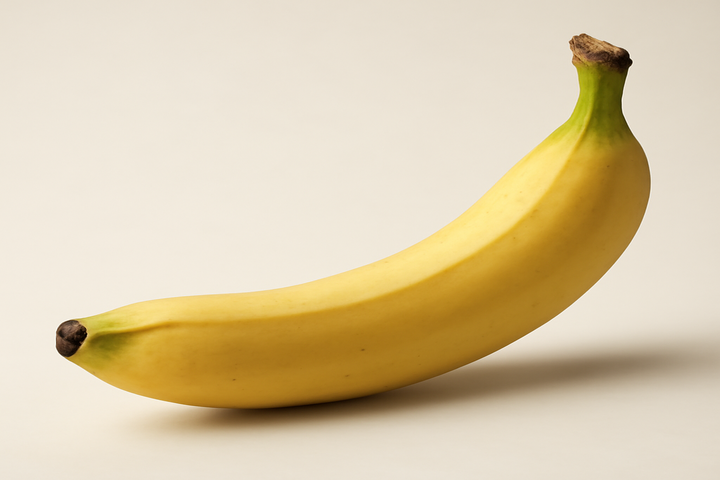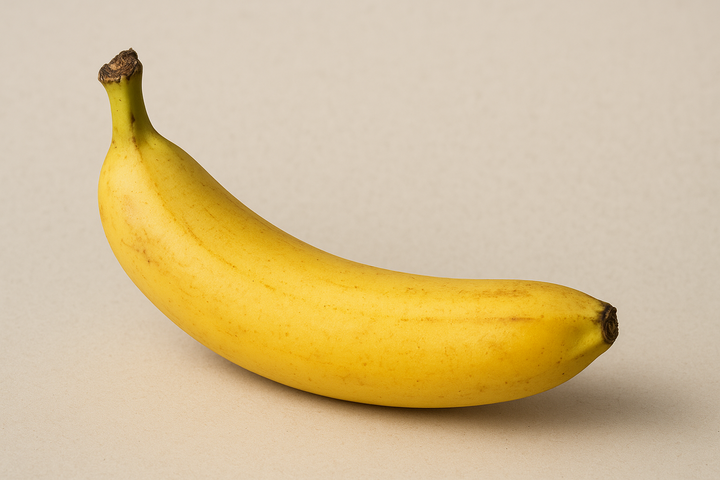Jelqing, a manual technique for penis enlargement, is popular online but lacks scientific support. While some claim success, no rigorous studies confirm its effectiveness, and medical professionals warn of potential risks like pain and scar tissue. Safer, scientifically-backed alternatives exist, making informed consultation with healthcare providers crucial.
Jelqing is a manual technique that has gained attention as a potential method for penis enlargement. This exercise involves stretching the penis using a specific massage technique, with the aim of increasing its size by creating micro-tears in the tissue that supposedly promote growth during healing. Despite its popularity, especially across online forums and communities, jelqing lacks scientific evidence to substantiate its claims. The method remains largely anecdotal, with no rigorous studies confirming its effectiveness.
The Appeal and the Myth of Jelqing
The allure of jelqing lies in its promise of non-surgical enhancement, a concept that resonates with many seeking alternatives to more invasive procedures. Stories of success circulate widely, often featuring individuals who claim significant gains in size. However, these accounts are not supported by scientific research, which remains skeptical of jelqing’s purported benefits. The method’s appeal is rooted in the desire for easy, at-home solutions without the need for medical intervention. Yet, this very simplicity may contribute to its risks, as improper techniques can lead to injury.
Setting the Stage: Myth or Reality?
The central question surrounding jelqing is whether it truly works or if it is merely a risky myth. Understanding this requires a critical look at the lack of scientific backing and the potential risks involved. Medical professionals often caution against jelqing, highlighting the absence of proven benefits and the possibility of adverse effects such as pain, scar tissue formation, and conditions like Peyronie’s disease. As we delve deeper into the subject, it becomes crucial to weigh these risks against the anecdotal claims and to consider safer, medically endorsed alternatives.
As we delve deeper into the topic of jelqing, it becomes evident that the practice is shrouded in a mix of anecdotal claims and scientific skepticism. While many individuals tout personal success stories, the lack of rigorous scientific studies supporting jelqing’s efficacy is a significant concern. Unlike penile traction devices, which have undergone some scientific scrutiny and are occasionally recommended for specific medical conditions, jelqing remains largely unverified in the scientific community.
Scientific Evidence and Anecdotal Claims
Jelqing is based on the theory that repeatedly massaging the semi-erect penis can create micro-tears in the tissue, which, during healing, might result in increased size. However, this theory lacks scientific validation. No controlled studies have conclusively demonstrated that jelqing can lead to permanent enlargement. Instead, evidence remains anecdotal, with personal testimonials often lacking the objectivity and rigor required for scientific endorsement.
Comparison with Penile Traction Devices
In contrast, penile traction devices have been subjected to more rigorous scientific evaluation. These devices, which apply consistent mechanical force to the penis over extended periods, have shown modest results in increasing length, typically around 1 inch after months of diligent use. While not directly comparable to jelqing, these devices are sometimes recommended for conditions like Peyronie’s disease, highlighting a key difference in their validation and potential applications.
| Aspect |
Jelqing |
Penile Traction Devices |
| Scientific evidence |
Anecdotal, no rigorous studies |
Some modest evidence for length gain |
| Effectiveness |
Not proven |
Possible ~1 inch gain after months |
| Potential risks |
Pain, scar tissue, Peyronie’s disease |
Generally safe if used correctly |
| Recommended use |
Not recommended by medical community |
Used for Peyronie’s, some lengthening |
Medical Consensus and Safety Concerns
The medical community, including reputable organizations like the Mayo Clinic and the Sexual Medicine Society of North America (SMSNA), generally advises against jelqing. The primary concerns revolve around the risk of injury, including pain, scar tissue formation, and the potential development of Peyronie’s disease, a condition characterized by painful, curved erections. These risks are particularly pronounced if jelqing is performed aggressively or incorrectly, underscoring the importance of caution in exploring unproven methods.
Ultimately, while the appeal of jelqing lies in its promise of non-surgical enhancement, the lack of scientific backing and potential for harm make it a risky endeavor. Individuals considering penis enlargement options are encouraged to consult healthcare professionals and explore alternatives with proven safety and efficacy. As we continue to explore this topic, it becomes clear that informed decision-making is crucial, prioritizing health and well-being over unverified claims.
Historically, practices like jelqing have been part of various cultures, often surrounded by myths and traditional beliefs about enhancing masculinity. Despite its long-standing presence, modern clinical validation remains absent. Some anecdotal reports and small studies hint at possible gains, but such evidence is neither rigorous nor widely accepted in the scientific community. This lack of robust data underscores the need for caution and skepticism when considering jelqing for penis enlargement.
Psychological Considerations and the Impact of Size Concerns
The psychological impact of concerns about penis size should not be underestimated. Many individuals experience anxiety and stress over perceived inadequacies, which can affect self-esteem and relationships. It is crucial to recognize that these concerns, while common, are often based on misconceptions rather than reality. Consulting healthcare providers can offer reassurance and guidance, helping individuals explore safe and effective options rather than resorting to unproven techniques like jelqing.
Frequently Asked Questions
Q1: Can jelqing increase penis size?
A1: There is no scientific evidence to support the effectiveness of jelqing in increasing penis size. Claims are largely anecdotal, and the method lacks rigorous validation.
Q2: What are the risks associated with jelqing?
A2: Potential risks include pain, scar tissue formation, and conditions like Peyronie’s disease, which involves painful, curved erections. These risks are particularly concerning if jelqing is done aggressively or incorrectly.
Q3: Are there safer alternatives to jelqing?
A3: Penile traction devices have some evidence for modest length gains and are generally safer if used correctly. However, it is essential to consult a healthcare professional to discuss concerns and explore safe, effective options.
Q4: Why do people still try jelqing despite the risks?
A4: The appeal of non-surgical enlargement and anecdotal success stories contribute to its popularity, despite the lack of scientific validation. Many are drawn to the promise of easy, at-home solutions without the need for medical intervention.
Conclusion
In conclusion, while the allure of jelqing as a non-invasive method for penis enlargement persists, the practice is fraught with risks and lacks scientific support. Medical experts consistently advise against jelqing, emphasizing the potential for injury and the absence of proven benefits. Individuals concerned about penis size are encouraged to seek guidance from healthcare professionals, who can provide advice on safe, effective alternatives. Prioritizing health and well-being over unverified claims is essential in making informed decisions.




